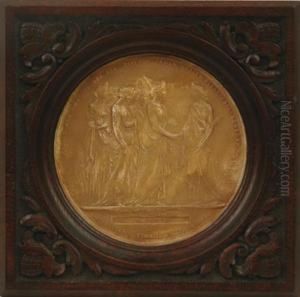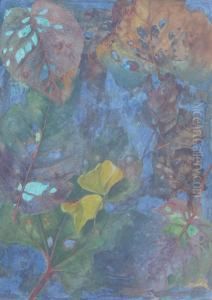Charles Summers Paintings
Charles Summers was a notable Australian sculptor born on July 27, 1825, in Somerset, England. He was the son of a builder and contractor, which perhaps influenced his early interest in the arts, particularly sculpture. Summers showed artistic talent from a young age and began his formal training in London, where he attended the Royal Academy Schools.
In 1852, during the Victorian gold rush, Summers emigrated to Australia in search of opportunities. He settled in the burgeoning city of Melbourne, which was rapidly growing due to the wealth from the goldfields. Summers quickly became an influential figure in the young colony's art scene. He established himself not only as a sculptor but also as a teacher, sharing his knowledge and skills with aspiring local artists.
Summers is perhaps best known for his public monuments and sculptures, which contributed significantly to Melbourne's cultural landscape. One of his most famous works is the Burke and Wills monument, which commemorates the ill-fated exploration of the Australian interior by Robert O'Hara Burke and William John Wills in 1860–61. The monument was unveiled in 1865 and remains a prominent feature of Melbourne's cityscape.
In addition to public monuments, Summers produced portrait busts and statues, as well as religious works, such as altarpieces for churches. His style was influenced by neoclassical ideals, which was prevalent in the art of the mid-19th century, characterized by a focus on idealized forms and often inspired by ancient Greek and Roman art.
Summers' contributions to Australian art were significant during his life, and his works continue to be appreciated for their historical and artistic value. After a successful career in Australia, he returned to Italy, where he spent much of his later life. Charles Summers died on October 29, 1878, in Paris, France, leaving behind a legacy of work that remains integral to Australia's cultural heritage.



